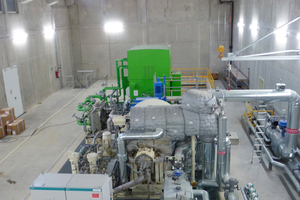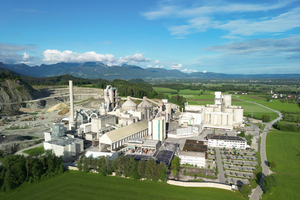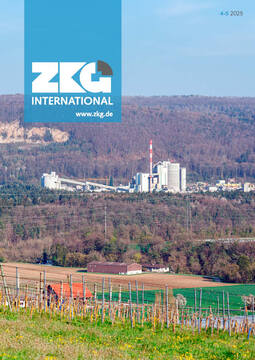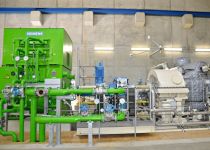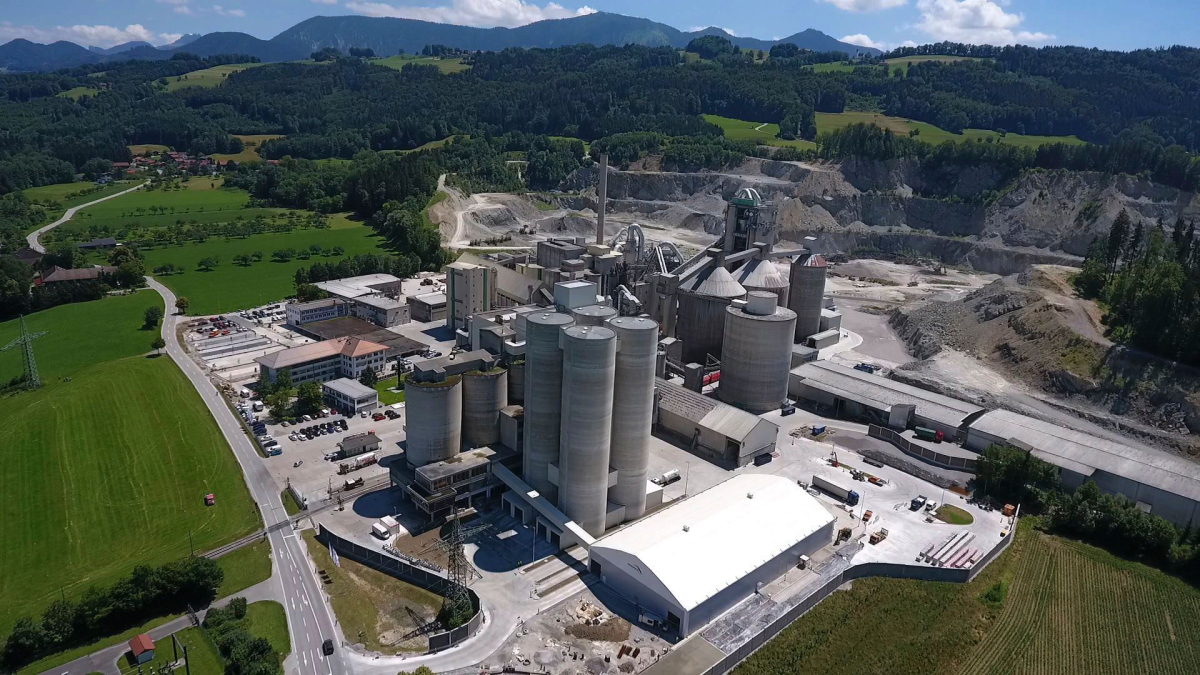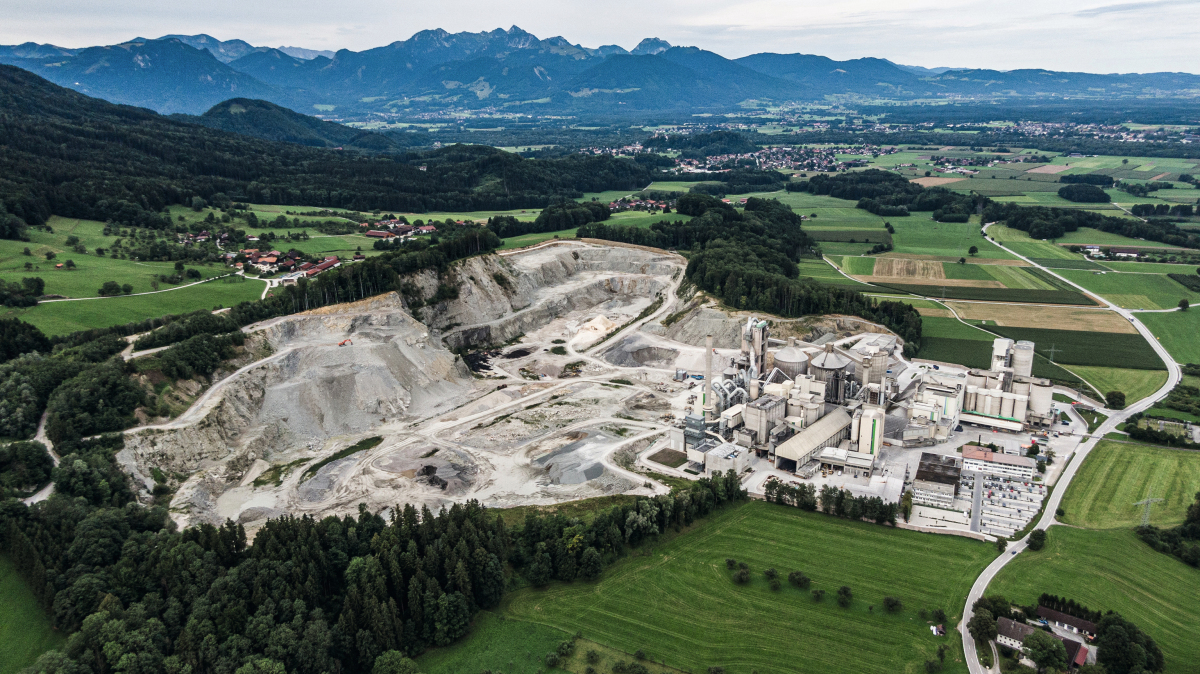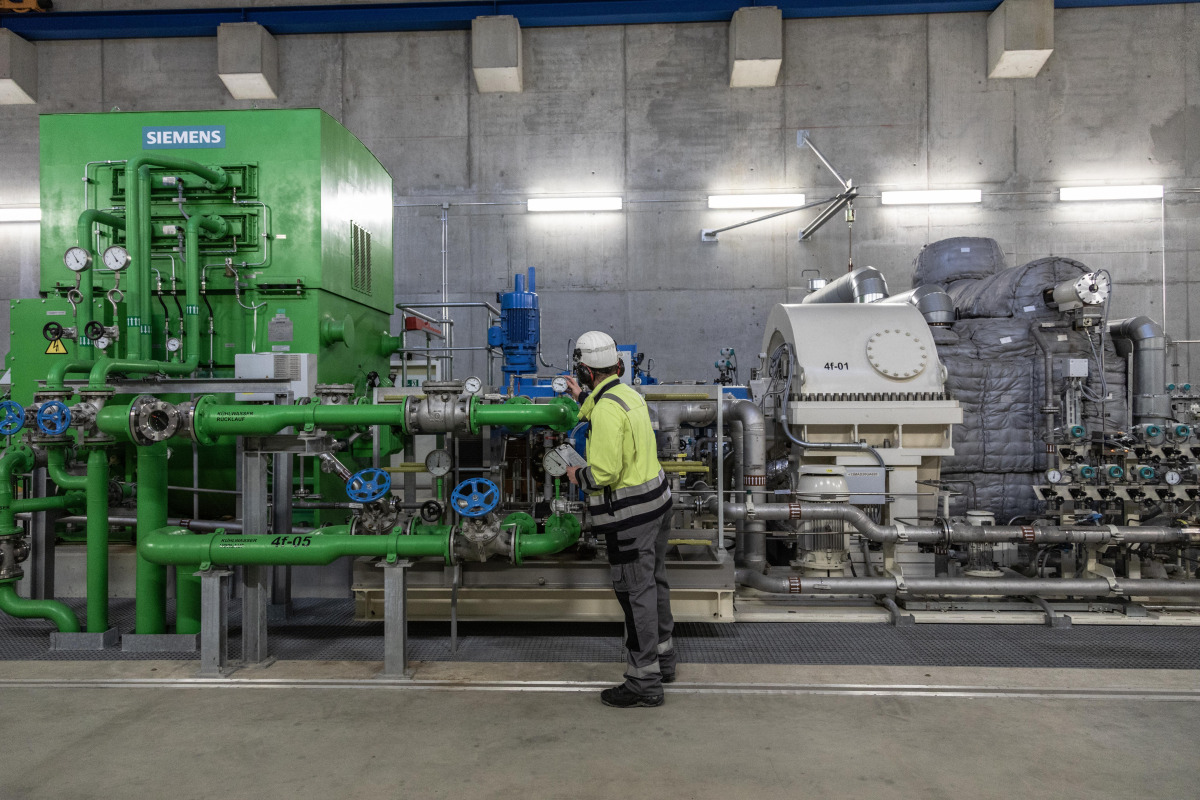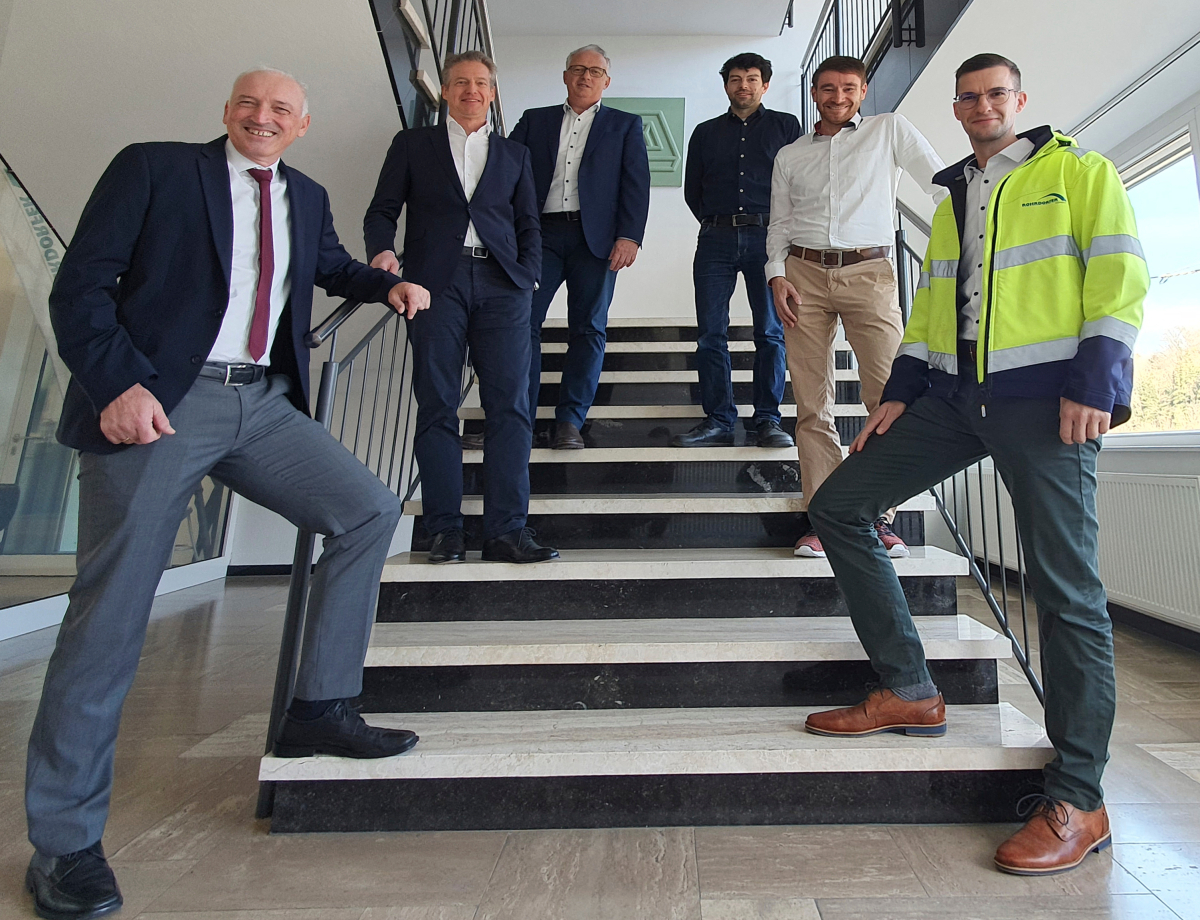Rohrdorf waste heat power plant produces certified green electricity
The waste heat power plant at the Rohrdorf cement works has been producing certified green electricity since January 2024. The certificate of origin issued by an environmental auditor proves that around a third of the 18.3 million kW/h of electricity produced at the power plant in 2024 comes from renewable energy. The annual average biogenic share was 34%. The high biogenic share underlines the importance of the power plant for the energy transition and shows how modern technologies in electricity generation can help to protect the environment.
Green electricity supplies 1,700 households for one year
Around six million kilowatt hours of electricity from biogenic sources were generated at the Rohrdorf waste heat power plant in 2024. This amount is enough to supply 1700 households for a year. The feed-in was registered by an environmental verifier in the Federal Environment Agency’s register of guarantees of origin. The biogenic share was confirmed by a guarantee of origin in February 2025.
Waste heat power generation as an important component of the energy transition
The Rohrdorf waste heat power plant received the “Energy Efficiency Award” from the German Energy Agency (dena) in 2011, the year it was completed. In an innovative process, steam is generated from previously unused exhaust gas heat. This drives a turbine that produces electricity via a generator. By converting the waste heat into electricity, the cement plant generates up to a third of its total electricity consumption itself. In recent years, the proportion of biogenic fuels, such as paper, cardboard, cotton waste and old tires, has risen steadily. However, green electricity production is only officially recognized with certification, which was preceded by a nine-month application and review process.
Milestone on the way to CO2-neutral cement production
“The now officially recognized, environmentally friendly electricity production of our waste heat power plant is very good news for Rohrdorfer,” says Dr Christopher Ehrenberg, Technical Director of the Rohrdorfer cement division. “As cement is contained in our ready-mixed concrete as well as our prefabricated parts and concrete products, the carbon footprint of these Rohrdorfer products is automatically improved. This is not only good for the environment, but is now also a competitive advantage, as the market for CO₂-reduced building materials is growing noticeably.” The average proportion of biogenic fuels - and therefore green electricity production - is set to increase further by 2030.

